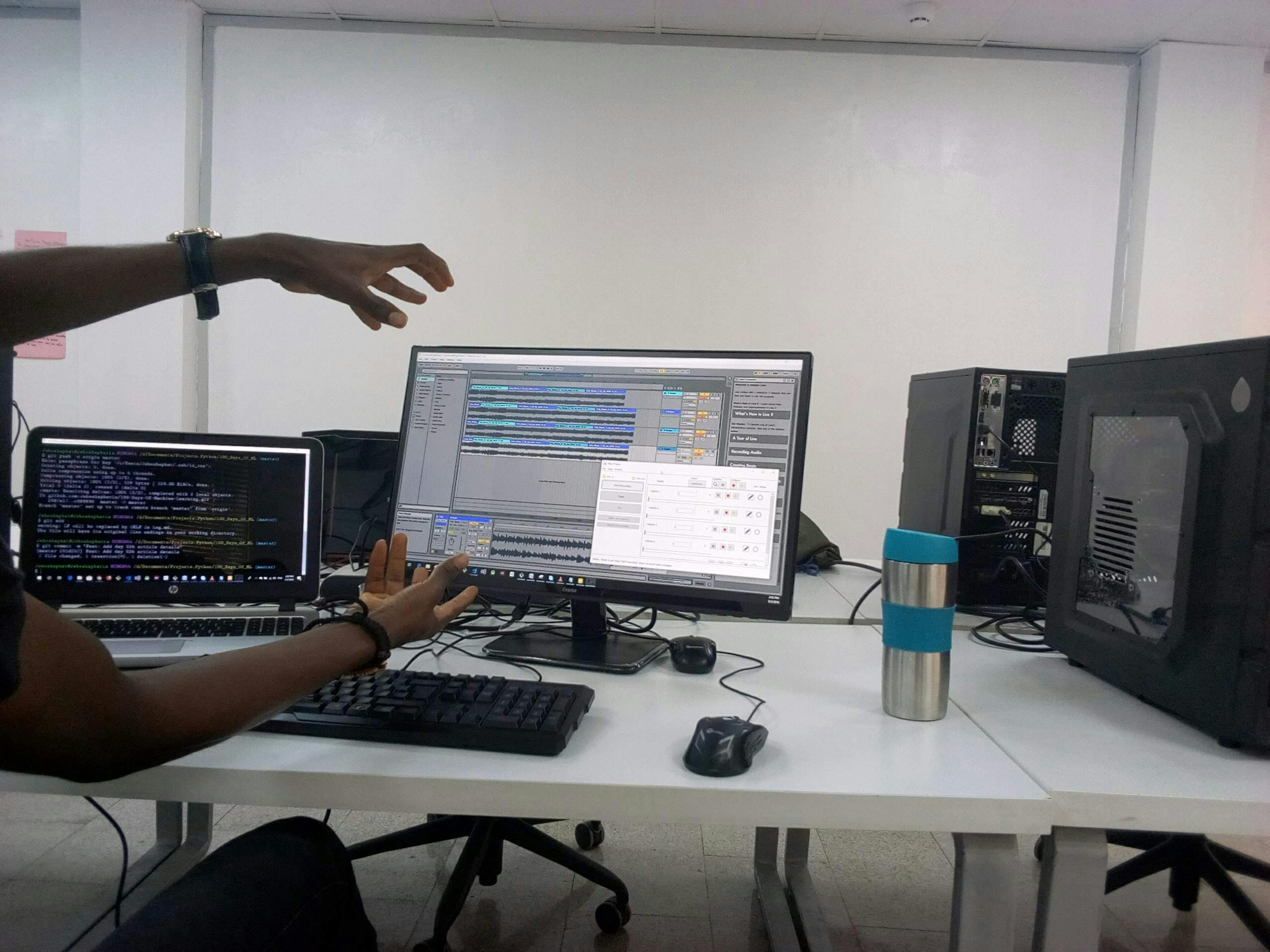Recap from Day 023
In day 023, we looked at deep learning as part of a broader family of machine learning methods based on learning data representations, as opposed to task-specific algorithms. Learning can be supervised, semi-supervised or unsupervised.
Today, we’ll look at how machine learning in the arts is different
How Machine Learning In The Arts Is Different
Remember that I promised at the beginning of the 100 days of machine learning code challenge to help you use machine learning in your work without writing a single line of code.
In the words of Dr. Rebecca Fiebrink, let’s see how machine learning in the arts is different. “Everything you’ve learned here should be helpful if you want to move on to applying machine learning to more conventional applications like designing better SPAM filters or financial prediction. At the same time though, machine learning in the arts has some important differences from those other application areas and you’re now better prepared to understand those differences.
The most obvious difference is that when you are using machine learning to build new real-time interactions, you need things to run in real-time. You probably won’t be satisfied with a gesturally-controlled instrument that takes 20 seconds to make a decision or what sound to play for the current action, much less 20 hours.
](https://cdn-images-1.medium.com/max/2000/1*fAVYSubT6g5fWIaUDvKP6Q.png) Gesturally-controlled Instrument - Source
Gesturally-controlled Instrument - Source
In many non-interactive applications, a 20 hour classification time would be perfectly acceptable, and 20 seconds would be unbelievably great. So, we are working under very tight constraints, tighter than many other domains. In reality though, this isn’t usually a burden, as you’ve seen plenty of algorithms that weren't necessary designed for real time use can still run very quickly on the types of problems we’ve focused on as musicians and artist.

Now, the more interesting differences. First of all, I’ve been assuming that in most cases you will be creating your own training data sets. This makes perfect sense for many artistic applications. As the creator of your own video-controlled art installation or your own gestural game controller, or real-time music visualizer, or whatever, you’re really the expert on what you want the final application to do. And you’re using the training data to communicate your intentions to machine learning algorithm which hopefully infers your intention from the data and builds you a useful set of models. Because your ultimate goal is to build model that’s useful to you, it’s fine for you to make any changes to the data if they result in a more useful model.”
You made it to the end of day 024. I hope you found this informative. Thank you for taking time out of your schedule and allowing me to be your guide on this journey.
Reference

